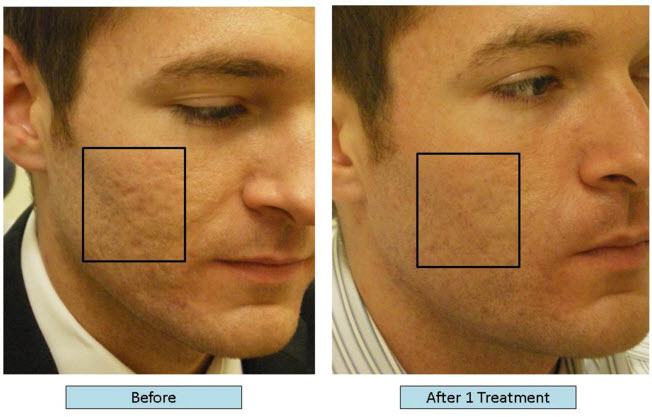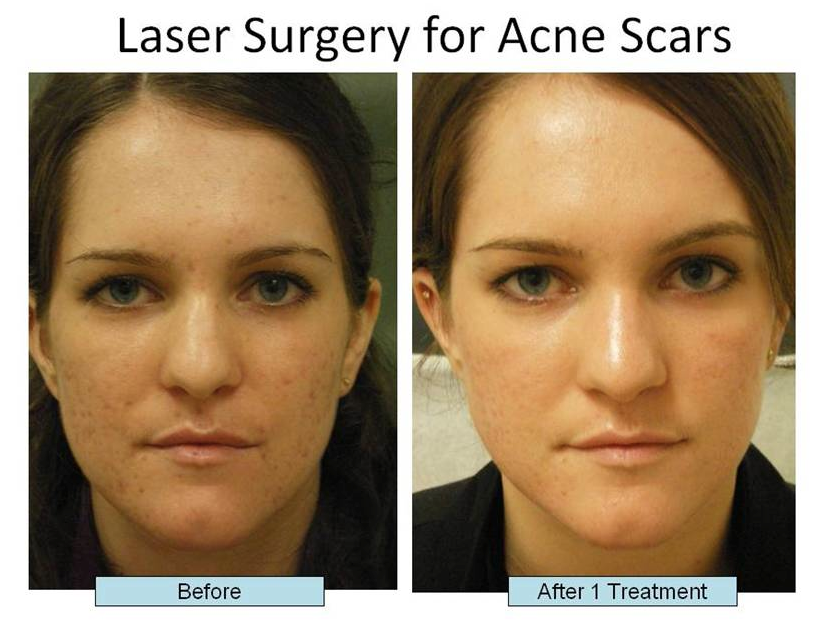Acne and Acne Scars Treatment: Professional Solutions for Lasting Outcomes
Wiki Article
Comprehending the Different Skin Disease and Reliable Therapy Alternatives for Acne Scars
Acne scars stand for an intricate interaction of skin conditions that significantly effect people' self-worth and general skin wellness. Understanding the distinctive kinds of acne scars-- atrophic and hypertrophic-- along with their underlying reasons, is pivotal for identifying effective therapy methods. Different healing alternatives exist, varying from innovative skin-related procedures to natural solutions. The effectiveness of these treatments often pivots on tailored evaluations by qualified specialists. As we check out the landscape of acne scar management, it ends up being apparent that the journey towards clearer skin may include even more than simply topical solutions.Kinds Of Acne Scars

On the other hand, hypertrophic marks result from an overproduction of collagen during the recovery procedure, resulting in increased locations on the skin. These marks are commonly firm and can differ in color, in some cases showing up red or darker than the surrounding skin.
Understanding these kinds of acne scars is crucial for developing an efficient treatment strategy - acne and acne scars treatment. Alternatives might consist of chemical peels, laser therapy, microneedling, or dermal fillers, customized to the details mark type. An extensive assessment with a skin doctor can aid figure out one of the most suitable treatment, taking into consideration the person's skin type, mark seriousness, and general skin health and wellness
Root Causes Of Acne Scarring
Scarring occurs as a result of the body's all-natural healing response to inflammation and injury triggered by acne lesions. When acne kinds, it sets off an inflammatory response, leading to the release of various cytokines and growth factors that promote recovery. However, this procedure can often cause too much cells development or inadequate repair work, resulting in scars.The key reasons for acne scarring consist of the extent of the acne itself, period of the lesions, and individual skin types. Serious inflammatory acne, such as cysts and nodules, is most likely to cause scarring because of much deeper tissue damages. Furthermore, inappropriate handling of acne sores, such as picking or squeezing, can intensify tissue injury and inflammation, increasing the possibility of scarring.
Hereditary predisposition also plays a significant duty; individuals with a household background of scarring go to a higher danger. Furthermore, skin type and color can affect scar development, as darker complexion might experience post-inflammatory hyperpigmentation, while lighter skin might create atrophic marks.
Eventually, recognizing these reasons is crucial in managing acne and alleviating the possibility for scarring.

Therapy Alternatives for Scarring
Effective treatment options for acne scarring differ relying on the type and intensity of the marks. Generally classified right into atrophic, hypertrophic, and keloid marks, these conditions require customized methods for ideal outcomes.
For atrophic scars, which are characterized by a loss of tissue, therapies such as chemical peels, microdermabrasion, and laser treatment are frequently employed. These techniques advertise skin renewal and boost collagen manufacturing, thereby boosting skin structure. Subcision, a minimally intrusive treatment, can additionally be efficient by separating coarse bands beneath the skin.
Hypertrophic and keloid marks can be extra challenging to deal with. Options consist of corticosteroid injections to decrease swelling and flatten the marks. In some cases, cryotherapy or laser treatment might be recommended to minimize their appearance.
Surgical options are available for serious scarring, where excision or skin grafting might be necessary. It's crucial for individuals to seek advice from a skin specialist to examine their details scar kind and discuss one of the most suitable treatment plan. Integrating several therapies often produces the finest outcomes, guaranteeing that each person's distinct skin disease is resolved properly.
Home Solutions and All-natural Solutions
Natural options and natural home remedy can supply an accessible strategy for people seeking to improve the appearance of acne marks (acne treatment for sensitive skin). Different components discovered in the home kitchen area have shown prospective benefits in enhancing skin appearance and promoting healing
One more reliable option is lemon juice, which acts as an all-natural exfoliant and can lighten hyperpigmentation. Nonetheless, it needs to be utilized cautiously, as it may cause photosensitivity. Oatmeal masks are additionally useful; their gentle peeling can assist get rid of dead skin cells while comforting inflammation.
Crucial oils, such as tea tree oil and lavender oil, can additionally sustain mark healing because of their antimicrobial properties. It is essential to carry out a patch test prior to applying any solution to ensure there are no unfavorable responses. These all-natural solutions can be a complementary method in the trip to reduce acne scars.
Stopping Future Scarring
Embracing a proactive strategy to skin care can substantially minimize the threat of establishing future acne marks. Normal cleansing, peeling, and hydration can help keep skin health and stop blocked pores.Furthermore, preventing the lure to pick or squeeze acne sores is essential, as this can lead to swelling and succeeding scarring. Rather, individuals need to concentrate on applying topical treatments that promote healing and decrease inflammation. Components such as salicylic acid, benzoyl peroxide, and retinoids are known for their efficacy in taking care of acne and decreasing marks.
Sun protection is one more essential element; exposure to UV rays can darken scars and hamper recovery. For that reason, making use of a broad-spectrum sunscreen daily can mitigate these effects - acne treatment for sensitive skin.
Finally, maintaining a healthy and balanced diet plan abundant in antioxidants and staying moisturized assistances skin regeneration. By carrying out these safety nets, individuals can considerably decrease their threat of future scarring and advertise total skin health and wellness.
Final Thought
In final thought, a thorough understanding of acne scars, important source incorporating both atrophic and hypertrophic types, is important for effective therapy strategies. Examination with a skin specialist remains imperative to anchor create customized strategies that consider individual skin types and mark intensity, eventually enhancing the effectiveness of mark management strategies.Acne scars stand for a complicated interaction of skin problems that significantly effect people' self-esteem and total skin health. The 2 primary classifications of acne marks are hypertrophic and atrophic scars. These marks are more identified right into 3 subtypes: ice pick scars, which are narrow and deep; boxcar marks, which are wider and have well-defined edges; and rolling scars, which produce a wave-like look due to uneven skin appearance.
A comprehensive examination with a skin doctor can help establish the most appropriate treatment, taking right into account the person's skin kind, mark extent, and overall skin wellness.
Consultation with a dermatologist continues to be critical to create customized methods that take into consideration specific skin types and mark severity, ultimately improving the efficiency of scar administration techniques.
Report this wiki page